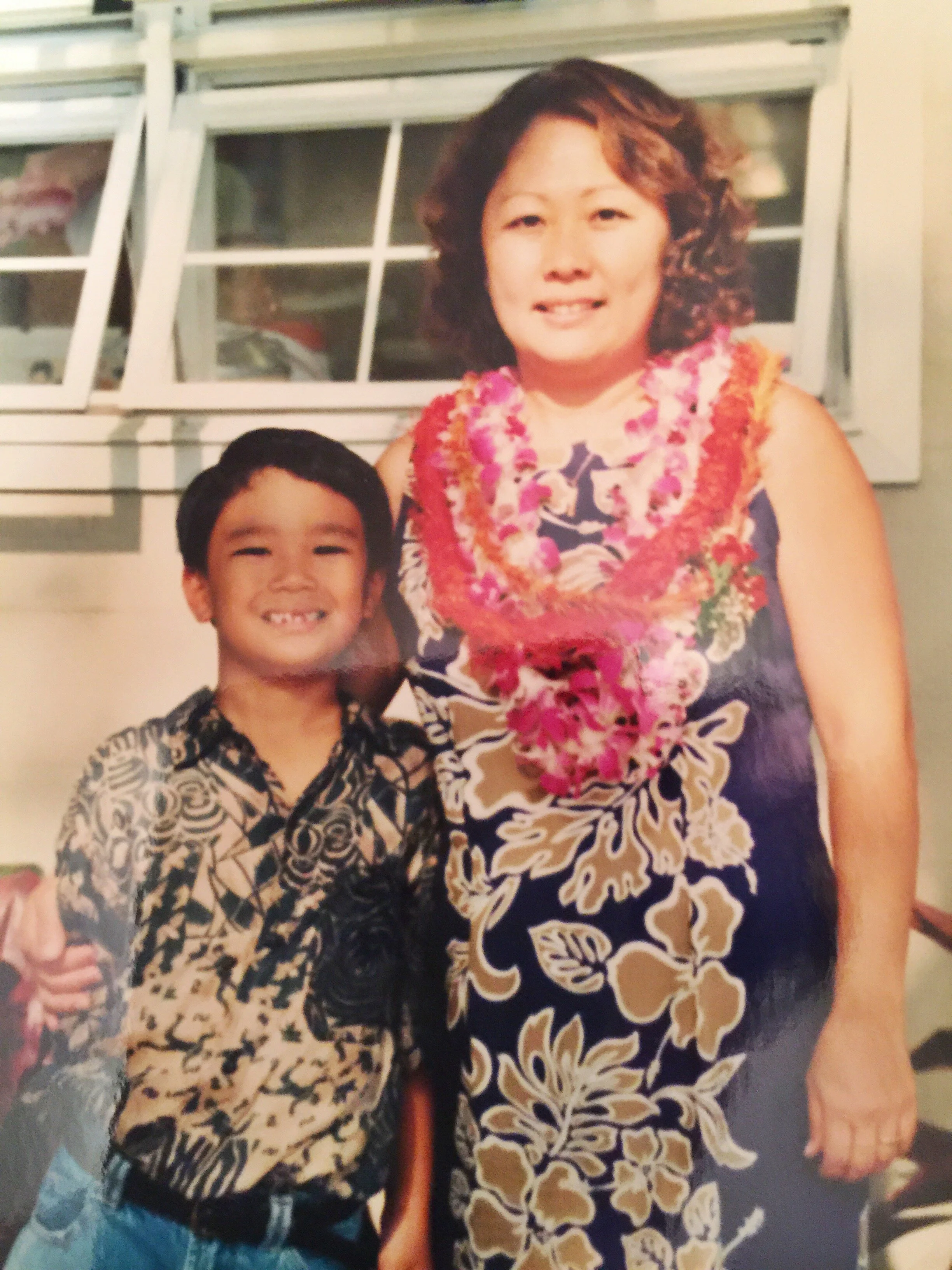“Celebrate your challenging child”
From my mom, a lifelong teacher, to parents parenting during a pandemic.
Carol Takamine has been a teacher for 30+ years in Hawai’i. All opinions are her own. And coming from her son, they’re right.
The backstory
These are unprecedented times. While E and I have our own fears, disappointments and uncertainties, we also know that as a family of two, we can’t imagine what it’s like for parents. So, I asked my mom, a lifelong teacher, to put her expertise to paper, hoping that she could coach parents experiencing challenges with their children at this time.
Before we get to the helpful guidance, enjoy a few throwback photos of me as a challenging child. I was stubborn, sarcastic and needy. I required a lot of attention and under our current circumstances, I would have been a handful on top of everything else parents are juggling.
From my mom
We are all experiencing dramatic change. On top of that, there was minimal time to prepare for how the pandemic would impact our daily lives, which naturally led to increased stress on many levels. Take a minute to reflect on the stressors that you are experiencing as an adult…and then imagine how your child is experiencing the recent changes in their routines, schedules and activities.
Depending on your child’s age, developmental stages, capabilities and temperament, you are probably facing new challenges every day. Here are some ideas that may be helpful to navigate the “stormy seas” of parenting during a pandemic.
1: Create a space for new routines
Children need predictable daily routines, especially after the “stay at home” orders which have removed them from their typical school routines and the company of their friends. Set up a learning environment in your home that allows for a balance of structured activities and independent activities. Depending on the age of your child, they can assist you in organizing this learning space and include their drawings, paintings, photos of their friends and family. Prepare basic tools and materials that are easily accessible and “child-safe” for your child’s independent use. If you are working from home, this will help to establish periods when you can be dedicated to your work responsibilities and your child can develop the ability to work independently as well.
2: Observe your child and play to their interests
A child who has a natural affinity for design and building will be happy with a variety of materials like wooden blocks, magnetic tiles and LEGO to explore and create imaginative structures. Small props like matchbox cars, small animal models, toy dinosaurs and action figures will allow a child endless hours of adventures.
A child developing fine motor skills will benefit from opportunities to color, trace and draw using a variety of tools like colored pencils, crayons, washable markers, etc. Paper of various colors and textures can also increase interest and creativity. A variety of these materials can be found around your home - greeting cards, cereal boxes, gift wrapping. Even recycled envelopes can give young children a sense of purpose when using “real world” materials! Be ready to display your child’s creations in a “designated place of honor” to reinforce and support continued efforts. You could also mail them to friends and family to help your children maintain connections outside of the home.
A child who demonstrates high interest in sensory materials like watercolor paint, playdough or modeling clay will be excited to have extended time to explore with these materials. Depending on their age, some children will require more supervision. Recipes for homemade playdough and no-bake clay use readily available ingredients from your pantry. Young children will simply enjoy using measuring cups and spoons in a dish pan with flour, rice, beans or pasta.
A child who enjoys movement and music as a means of self expression would require SPACE and time to explore dance and music daily. Musical instruments and simple props like scarves, hats and puppets can enhance independent exploration. More structured activities could be adult-led initially. For example, read a favorite story and act it out together. Put on a “show” for the family, add music and simple movement. It would help if your child can play their favorite songs on a tablet or phone so they can sing and/or dance at will.
3: Be okay with not having it figured out
Please give yourself and your child permission to take the time to adjust to the many changes in your lives and be flexible in your approach to solve problems that arise. As the adults, children will respond best to clear expectations and consistent follow through by all members in the family. When children feel insecure or unsettled they may act out their fears via new behaviors. Open communication, extra hugs and clear limits are all tools that may be useful.
I hope this information is helpful as you continue to wear the many hats that are expected of you in this time of uncertainty. When you are able to take a minute to breathe and reflect, think of the silver lining…more time with your child. This pandemic is an opportunity to learn more about them and appreciate their uniqueness. Stay safe and celebrate your challenging child.
Save to Pinterest and share the inspo.








